2D Nanomaterials for Effective Energy Scavenging
- PMID: 34138309
- PMCID: PMC8006560
- DOI: 10.1007/s40820-021-00603-9
2D Nanomaterials for Effective Energy Scavenging
Abstract
The development of a nation is deeply related to its energy consumption. 2D nanomaterials have become a spotlight for energy harvesting applications from the small-scale of low-power electronics to a large-scale for industry-level applications, such as self-powered sensor devices, environmental monitoring, and large-scale power generation. Scientists from around the world are working to utilize their engrossing properties to overcome the challenges in material selection and fabrication technologies for compact energy scavenging devices to replace batteries and traditional power sources. In this review, the variety of techniques for scavenging energies from sustainable sources such as solar, air, waste heat, and surrounding mechanical forces are discussed that exploit the fascinating properties of 2D nanomaterials. In addition, practical applications of these fabricated power generating devices and their performance as an alternative to conventional power supplies are discussed with the future pertinence to solve the energy problems in various fields and applications.
Keywords: 2D nanomaterials; Osmotic power generation; Self-powered sensor; Solar energy; Tribo-/piezo-/thermo-/pyro-electricity.
Figures
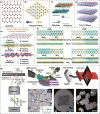


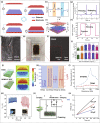
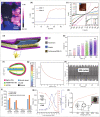
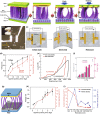

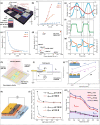



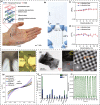

References
-
- Tao H, Fan Q, Ma T, Liu S, Gysling H, et al. Two-dimensional materials for energy conversion and storage. Prog. Mater. Sci. 2020;111:100637. doi: 10.1016/j.pmatsci.2020.100637. - DOI
Publication types
LinkOut - more resources
Full Text Sources
